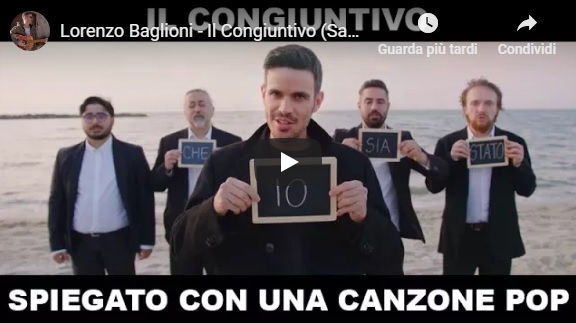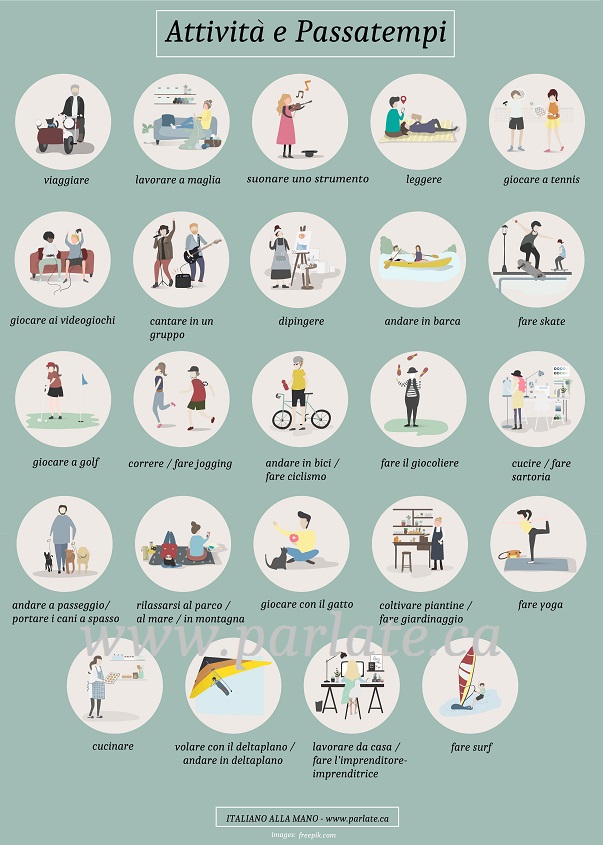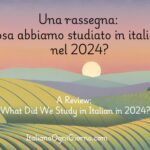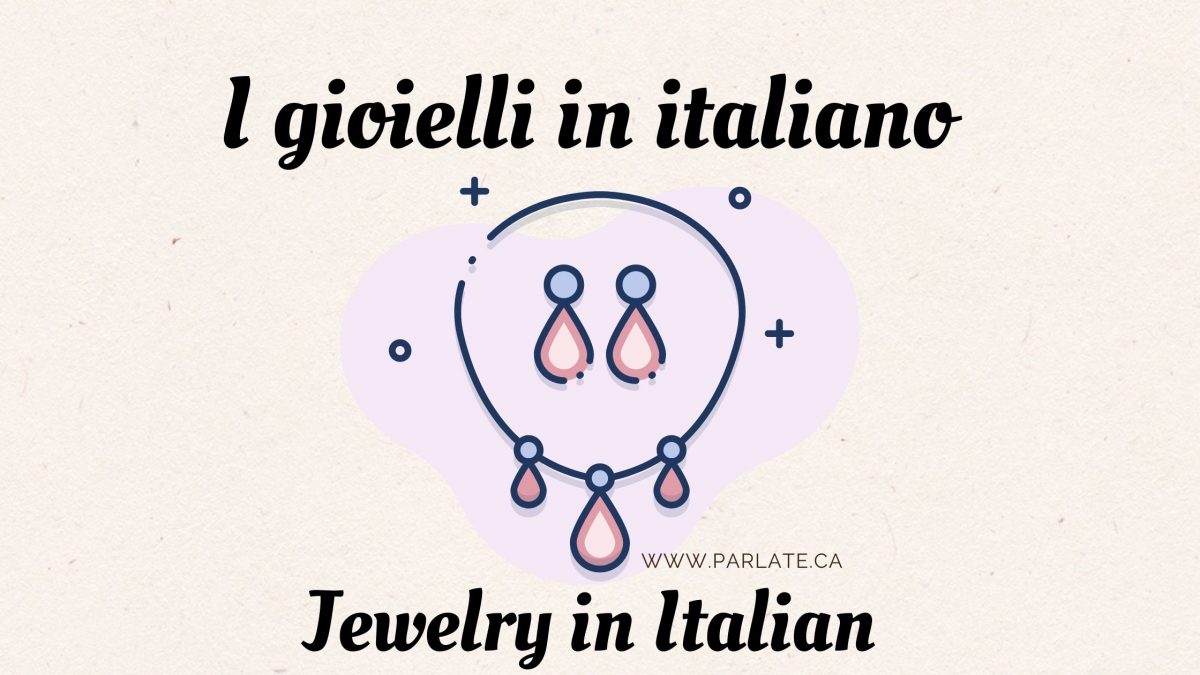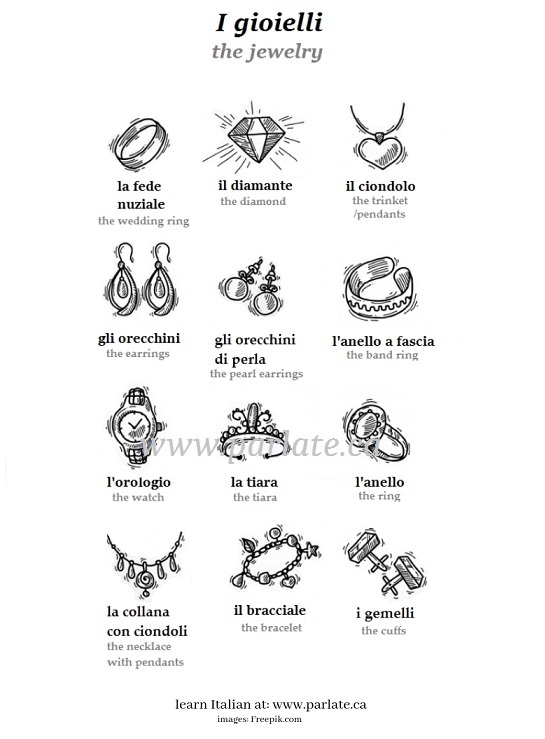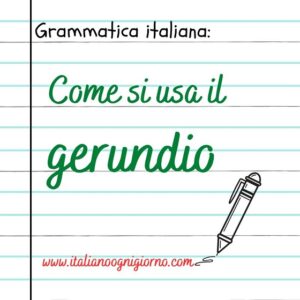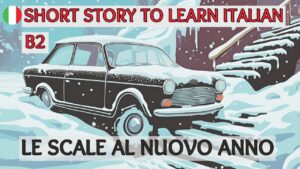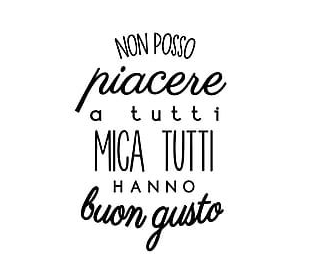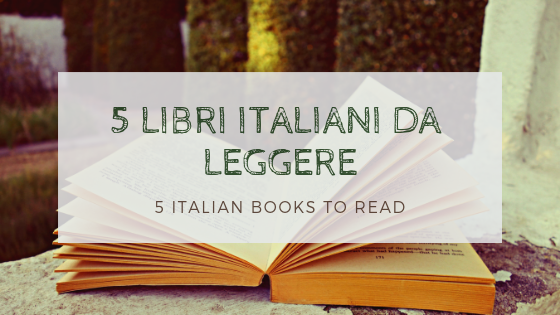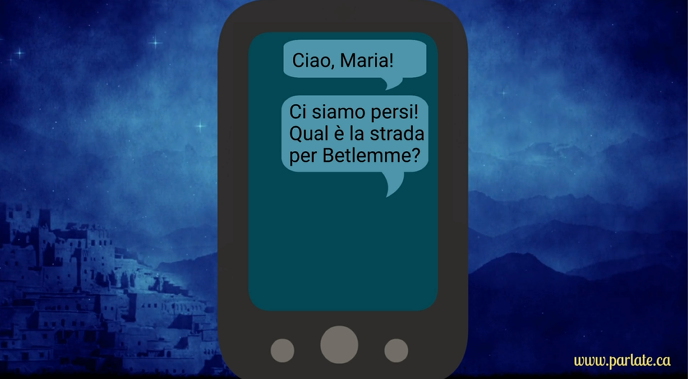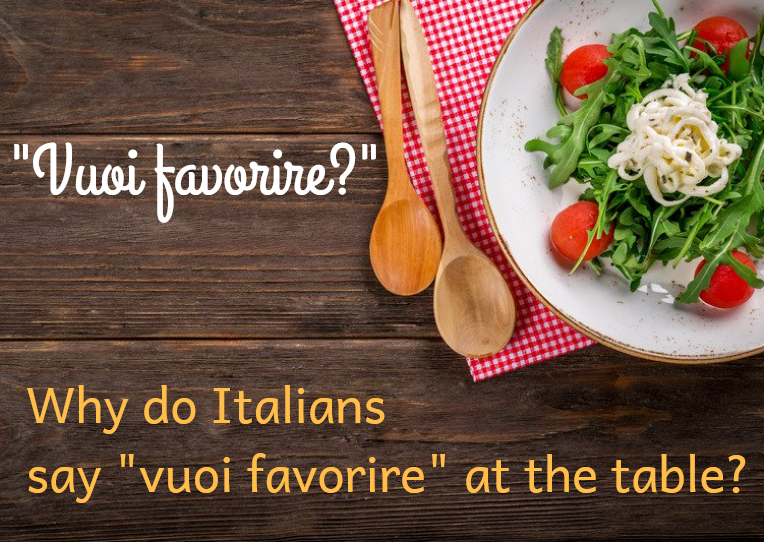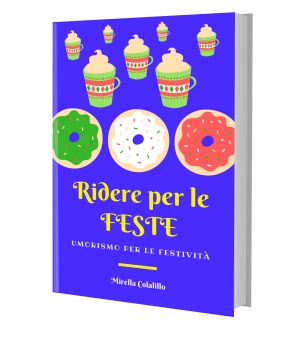Una canzone divertente sul congiuntivo scritta per gli italiani che spesso sbagliano il congiuntivo e che alcuni vorrebbero fosse rimosso e cancellato dalla lingua italiana!
A funny song about the subjunctive written for Italians who often err on the subjunctive tense and that some would like to be removed and deleted from the Italian language!
Ascolta la canzone e cerca di completare il testo con le parole mancanti
nel quiz in fondo. Se ne hai bisogno leggi prima il testo riprodotto qui per facilitarti il lavoro!
Listen to the song and try to complete the text with the missing words in the quiz below. If you need to, first read the text reproduced here to facilitate your work!
Il congiuntivo – Lorenzo Baglioni
Che io sia
Che io fossi
Che io sia stato
Oh oh oh
Oggigiorno chi corteggia incontra sempre più difficoltà
Coi verbi al congiuntivo
Quindi è tempo di riaprire il manuale di grammatica, che è
Che è molto educativo
Gerundio, imperativo
Infinito, indicativo
Molti tempi e molte coniugazioni, ma
Il congiuntivo ha un ruolo distintivo
E si usa per eventi che non sono reali
È relativo a ciò che è soggettivo
E a differenza di altri modi verbali
E adesso che lo sai anche tu
Non lo sbagli più
Nel caso che il periodo sia della tipologia dell’irrealtà (si sa)
Ci vuole il congiuntivo
Tipo “Se tu avessi usato il congiuntivo trapassato
Con lei non sarebbe andata poi male”
Condizionale
Segui la consecutio temporum
Il congiuntivo ha un ruolo distintivo
E si…
Quiz: fill in the gaps of the song ''Il congiuntivo''
Quiz-summary
0 of 5 questions completed
Questions:
- 1
- 2
- 3
- 4
- 5
Information
Inizia il quiz!
You have already completed the quiz before. Hence you can not start it again.
Quiz is loading...
You must sign in or sign up to start the quiz.
You have to finish following quiz, to start this quiz:
Results
0 of 5 questions answered correctly
Your time:
Time has elapsed
You have reached 0 of 0 points, (0)
| Average score |
|
| Your score |
|
Categories
- Not categorized 0%
-
Ottimo lavoro!
- 1
- 2
- 3
- 4
- 5
- Answered
- Review
-
Question 1 of 5
1. Question
1 pointsChe io sia
Che io fossi
Che io _____ stato
Oh oh ohCorrect
Incorrect
-
Question 2 of 5
2. Question
1 pointsOggigiorno chi _____ incontra sempre più difficoltà
Coi verbi al congiuntivo
Quindi è tempo di riaprire il manuale di grammatica, che è
Che è molto educativo
Gerundio, imperativo
Infinito, indicativo
Molti tempi e molte coniugazioni, maCorrect
Incorrect
-
Question 3 of 5
3. Question
1 pointsIl congiuntivo ha un ruolo distintivo
E si usa per eventi che non sono reali
È relativo a ciò che è soggettivo
E a differenza di altri modi verbali
E adesso che lo sai anche tu
Non lo _____ piùCorrect
Incorrect
-
Question 4 of 5
4. Question
1 pointsNel caso che il periodo sia della tipologia dell’irrealtà (si sa)
Ci vuole il congiuntivo
Tipo “Se tu _____ usato il congiuntivo trapassato
Con lei non sarebbe andata poi male”
Condizionale
Segui la consecutio temporumCorrect
Incorrect
-
Question 5 of 5
5. Question
1 pointsIl congiuntivo _____ un ruolo distintivo
E si…Correct
Incorrect
Read next:

